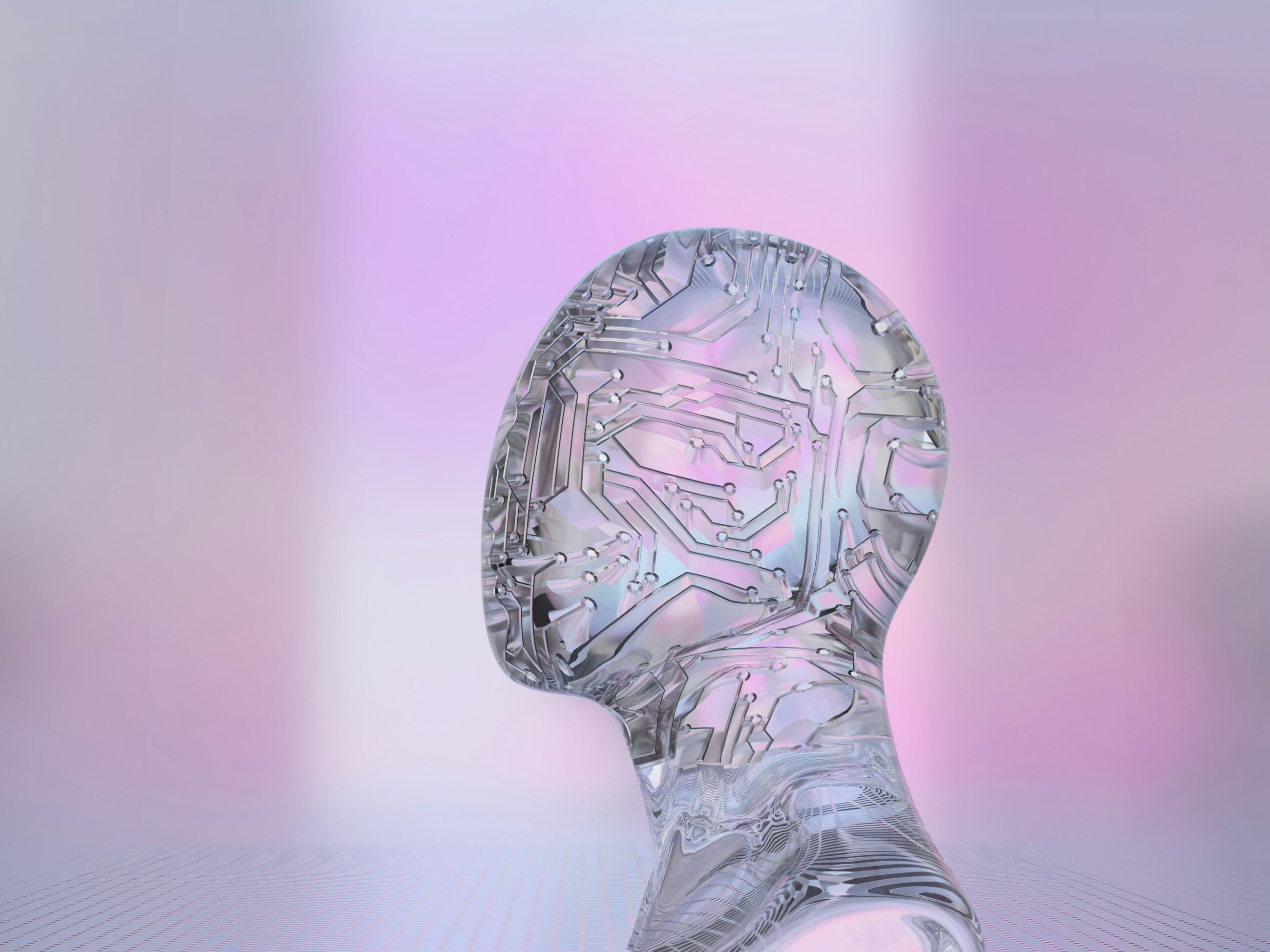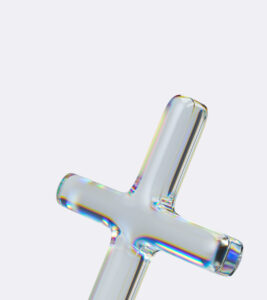Coachella stages, IBM boardrooms, and Loughborough lecture halls have recently shared a common technological breakthrough: the presence of holographic guests who are not physically present, transcending geographical and temporal boundaries.
Holograms, once the realm of science fiction, are now being utilized for entertainment, business, and educational purposes, marking a significant integration of advanced technology into daily life. This integration offers a glimpse into the future, especially at the intersection of technology and education. However, holographic technology is not a recent invention. The public was first captivated by a “hologram” of Tupac Shakur in 2012; the world’s inaugural holographic lecture was delivered in 2018 at Imperial College. The surge in interest can be attributed to the expanding applications and improved accessibility of hologram technology, showcasing its potential to revolutionize how we interact across various domains.
Holographic lectures in 2024
Since “Zoom fatigue” emerged as a significant issue for a generation of students— “Zoomers” — whose education was limited to their bedrooms, universities have faced a dilemma. The challenge has been to find a way to deliver more engaging lectures, from public figures to globally-dispersed educators, while also maintaining sustainability.
The solution may have been found in a recent initiative. In January 2024, a partnership was announced between the holographic communications platform Proto and Loughborough University in the UK, marking the beginning of a year-long experiment. This collaboration aims to transmit MIT lectures to selected programs at Loughborough University, effectively bringing international lectures across the Atlantic in an innovative and potentially more engaging format.
Generative AI has further accelerated the evolution of these technologies, making it possible to host guest lectures by esteemed experts, both living and deceased. Unlike video recordings, these sessions feature interactive AIs that replicate the behaviors, movements, and mannerisms of iconic figures in their respective fields. Imagine a lecture on documentary filmmaking by David Attenborough or Marie Curie teaching radiation principles to undergraduate students.
David Nussbaum, the founder of Proto, explained to The Guardian newspaper, “Proto’s technology can project an image of Stephen Hawking, or anyone, creating the illusion of their presence. By connecting to their books, lectures, social media, and other materials, we can facilitate interactions as if they were real. An AI version of Stephen Hawking would not only look and sound like him but interact in a manner that mimics his own.” It’s a massive breakthrough in educational and communicative technology at a time where students on both sides of the ocean are questioning the value of university.
What implications does this have for higher education?
Sure, a big plus is that achieving carbon emission targets might become a bit easier for universities. But there’s a whole other dimension to consider: the potential for increased accessibility this technology brings to the table.
One of the most thrilling prospects of this development is its scalability and, ultimately, its ability to enhance accessibility. Proto is setting the price for a small holographic unit at just 1,000 USD, which is quite manageable within a university’s budget. This affordability could dramatically lower the hurdles for having top-notch scholars from places like Ivy League or Oxbridge schools deliver guest lectures, without the carbon footprint of air travel. It opens up the possibility for communities that traditionally have less access to such educational resources to engage with leading educators and industry experts in a highly interactive manner, and to do so across multiple locations simultaneously.
And then, when you throw translational AI into the mix, even the language barriers that often separate students and teachers could start to crumble. As this technology evolves, the augmented experience it offers promises to smooth out some of the more challenging aspects of international education.
Playing Devil’s Advocate
While tech advancements in education seem promising, it’s important to acknowledge potential drawbacks, such as widening the gap between privileged and underprivileged institutions. This also raises questions about the academic freedoms of faculty at prestigious universities and the permissions needed for these guest appearances. Despite good intentions, it’s uncertain whether institutions like Harvard would consent to their tenured faculty delivering lectures to students at mid-tier regional schools. The concern is that the exclusivity and value of an Ivy League degree might diminish if intellectual property is shared too freely. Elite universities may prefer to exchange lectures with their international equivalents rather than share their premier teaching with a community college in Nebraska, potentially exacerbating educational inequality.
The legal landscape regarding the intellectual property of holographic reproductions, especially of deceased individuals, remains unexplored. Ensuring respect for the deceased and engaging in open dialogue with their families are crucial steps that need to be addressed.
While the prospect of holographic educators is thrilling for both teachers and students, it’s unlikely that a Warren Buffet hologram will replace economics professors anytime soon.
Technologies like these cannot replicate the soft skills—such as empathy and adaptability—that human instructors provide. If you’re an educator worried about being replaced by AI, it might not be an immediate concern.




